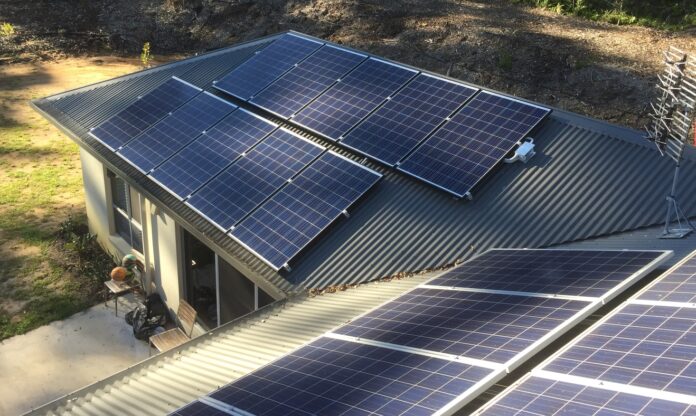Solar power is a great way to reduce your carbon footprint and save money on electricity. But how do you know what your solar system can run?
It’s easy to get confused about how much power your solar system can provide, moreso when your solar system costs 5kw of energy output. This because there are so many different factors involved in calculating the wattage of a solar panel or array.
Size of Your Home
The size of your home determines how many panels you need to cover your roof. This may seem obvious, but it’s important to consider how much shade your house gets from trees and other buildings, as well as the orientation of the roof. A south-facing roof will get more sun exposure than a west-facing one, but only if there aren’t any obstacles.
Power Consumption
The next step is to determine how much energy you use on average, which includes both electric and natural gas consumption. To estimate this number, look at your last few months’ worth of bills; they’ll tell you exactly how much power you used in kWh (kilowatt hours). You can also monitor your usage in real time with an energy monitoring device like a Nest or Belkin Wemo Insight Switch. These devices plug into outlets around the home and track electricity usage throughout each day — they usually cost between $30-$50 each.
Use an energy audit
An energy audit involves an inspector visiting your home and measuring actual electricity usage over several months to get an accurate picture of where electricity is being used and what appliances are running at any given time. The inspector will also take note of any defects or areas where energy efficiency could be improved upon, such as replacing inefficient light bulbs with LED ones or adding insulation around air ducts to prevent drafts from sucking away heat from furnaces in winter months.
Check Your usage patterns
The first thing to look at when determining how much power your solar system needs to produce is your monthly usage patterns. Some people live in areas where they use more electricity during certain months while others may use more during summer months or winter months. If you live in an area where there are large swings in temperature then this could also affect your usage patterns. The best way to find out what your monthly usage patterns are would be by looking at 12 months worth of electric bills. Once you know what your average monthly usage is then use this as a starting point when calculating how much power your home needs from its solar panels each day.
Conclusion
As you can see, there are a lot of factors to consider in order to figure out what your solar system can run. It’s not a simple process, but it also doesn’t have to be as labor-intensive or daunting as some would have you believe. By breaking down the various dependencies and variables, you can weed out the items that your system truly needs and focus on those that your solar power system should run. And when it comes down to it, it’s all about the sustainability of our future. Energy conservation is the key to sustainable energy, and it is our responsibility as homeowners to provide ourselves with the energy we need while conserving as much energy as possible.












